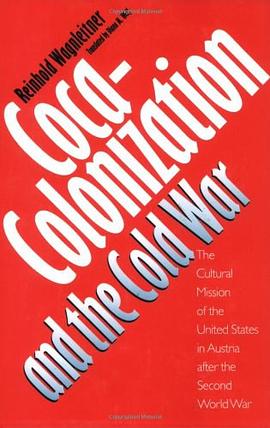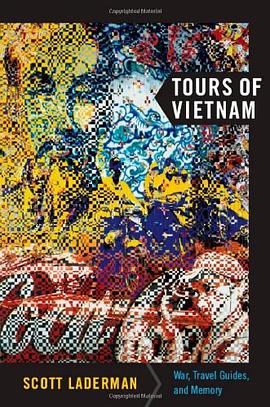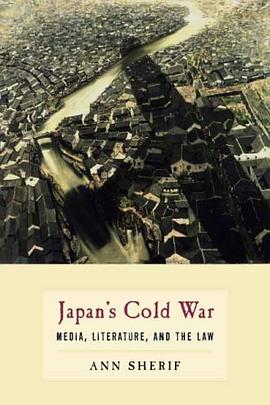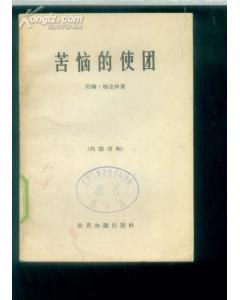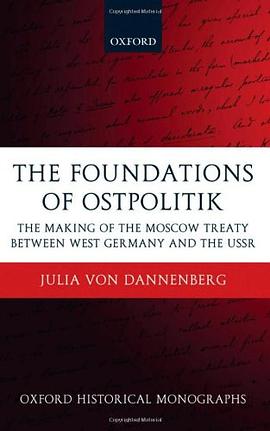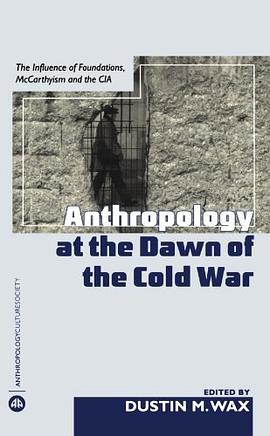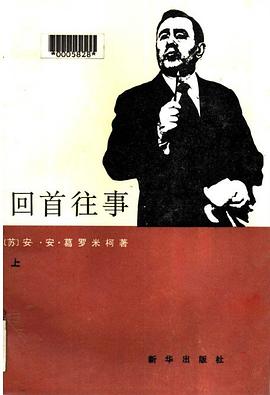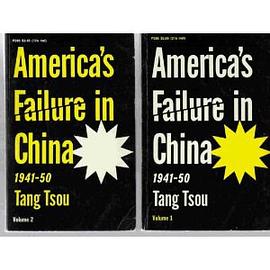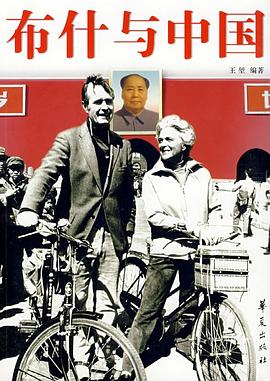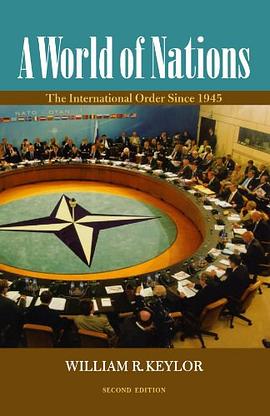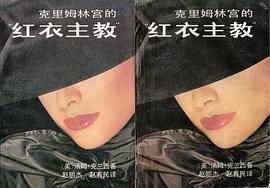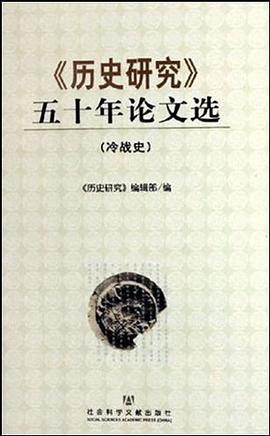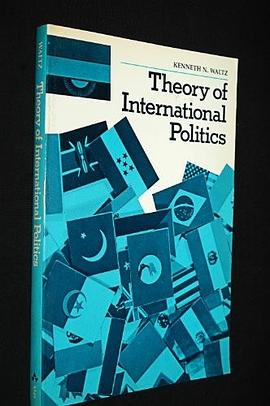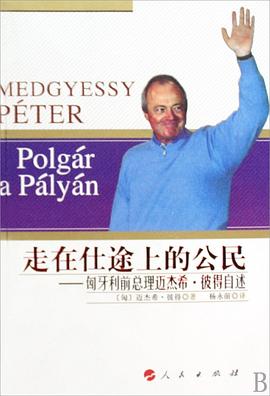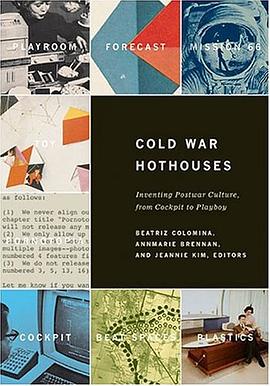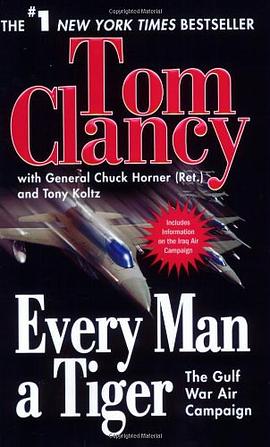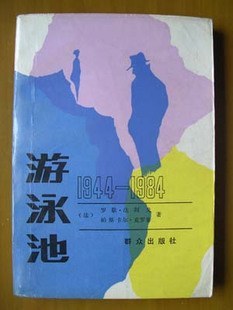

This book is a study of public culture, concerned more with popular perceptions
of United States foreign policy than with the policy itself. Like practitioners
of the ‘‘new cultural history,’’ I approach popular perceptions primarily
through the prism of public discourse.1 Language shapes thought in significant
ways, and language in the public sphere sets the terms readily available to ordinarycitizens
for thinking aboutpublic issues.As Iuse it, the term‘‘public culture’’
is defined as the sphere in which the various segments of a society contend over
its development. Public culture is the arena in which social and political conflict
is played out and in which consensus is forged, manufactured, and maintained,
or not. It is the place where all the segments of the society either speak to each
other or fail to speak to each other—where they must contend if they wish to
advance their own interests and values or to influence the direction of the larger
society. It is a ‘‘place’’ that exists in print, on the airwaves, and in the meeting hall.
To the extent that nations are ‘‘imagined communities,’’ as the political scientist
BenedictAnderson has argued, they are imagined in and through the public culture.
2 I use the term‘‘discourse’’ primarily in its ordinary-language sense, rather
than in the more rarefied sense associated with poststructuralist literary criticism
and philosophy. Nonetheless, I believe that any given discourse develops
its own patterns, involving key words, phrases, metaphors, and images that set
the contours of legitimate discussion within its field. In examining public discourse
about America’s world role from to , I have attempted to discern
the development of such patterns. Following DanielRodgers’s shrewd analysis of
‘‘keywords in American politics,’’ I treat public discourse as contested terrain
具体描述
读后感
评分
评分
评分
评分
用户评价
相关图书
本站所有内容均为互联网搜索引擎提供的公开搜索信息,本站不存储任何数据与内容,任何内容与数据均与本站无关,如有需要请联系相关搜索引擎包括但不限于百度,google,bing,sogou 等
© 2025 book.wenda123.org All Rights Reserved. 图书目录大全 版权所有

